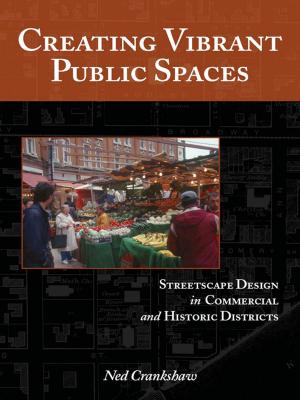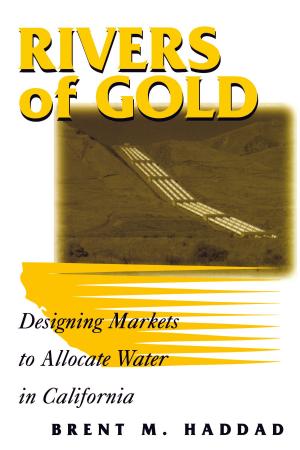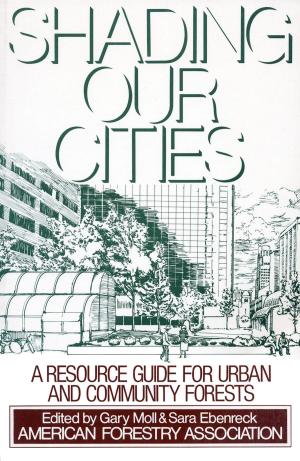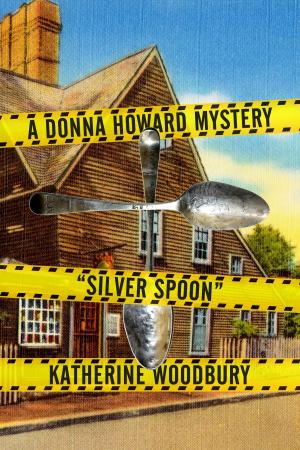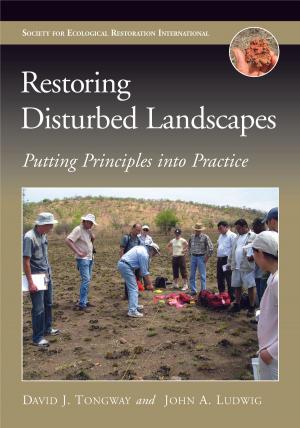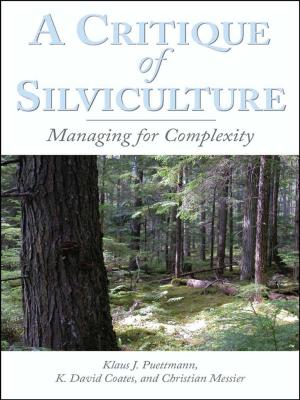Measuring Urban Design
Metrics for Livable Places
Nonfiction, Art & Architecture, Architecture, Planning| Author: | Reid Ewing, Otto Clemente | ISBN: | 9781610912099 |
| Publisher: | Island Press | Publication: | July 20, 2013 |
| Imprint: | Island Press | Language: | English |
| Author: | Reid Ewing, Otto Clemente |
| ISBN: | 9781610912099 |
| Publisher: | Island Press |
| Publication: | July 20, 2013 |
| Imprint: | Island Press |
| Language: | English |
What makes strolling down a particular street enjoyable? The authors of Measuring Urban Design argue it's not an idle question. Inviting streets are the centerpiece of thriving, sustainable communities, but it can be difficult to pinpoint the precise design elements that make an area appealing. This accessible guide removes the mystery, providing clear methods to measure urban design.
In recyears, many "walking audit instruments" have been developed to measure qualities like building height, block length, and sidewalk width. But while easily quantifiable, these physical features do not fully capture the experience of walking down a street. In contrast, this book addresses broad perceptions of street environments. It provides operational definitions and measuremprotocols of five intangible qualities of urban design, specifically imageability, visual enclosure, human scale, transparency, and complexity.
The result is a reliable field survey instrumgrounded in constructs from architecture, urban design, and planning.Readers will also find a case study applying the instrumto 588 streets in New York City, which shows that it can be used effectively to measure the built environment's impact on social, psychological, and physical well-being. Finally, readers will find illustrated, step-by-step instructions to use the instrumand a scoring sheet for easy calculation of urban design quality scores.
For the first time, researchers, designers, planners, and lay people have an empirically tested tool to measure those elusive qualities that make us want to take a stroll.Urban policymakers and planners as well as students in urban policy, design, and environmental health willfind thetools and methods in Measuring Urban Design especially useful.
What makes strolling down a particular street enjoyable? The authors of Measuring Urban Design argue it's not an idle question. Inviting streets are the centerpiece of thriving, sustainable communities, but it can be difficult to pinpoint the precise design elements that make an area appealing. This accessible guide removes the mystery, providing clear methods to measure urban design.
In recyears, many "walking audit instruments" have been developed to measure qualities like building height, block length, and sidewalk width. But while easily quantifiable, these physical features do not fully capture the experience of walking down a street. In contrast, this book addresses broad perceptions of street environments. It provides operational definitions and measuremprotocols of five intangible qualities of urban design, specifically imageability, visual enclosure, human scale, transparency, and complexity.
The result is a reliable field survey instrumgrounded in constructs from architecture, urban design, and planning.Readers will also find a case study applying the instrumto 588 streets in New York City, which shows that it can be used effectively to measure the built environment's impact on social, psychological, and physical well-being. Finally, readers will find illustrated, step-by-step instructions to use the instrumand a scoring sheet for easy calculation of urban design quality scores.
For the first time, researchers, designers, planners, and lay people have an empirically tested tool to measure those elusive qualities that make us want to take a stroll.Urban policymakers and planners as well as students in urban policy, design, and environmental health willfind thetools and methods in Measuring Urban Design especially useful.



